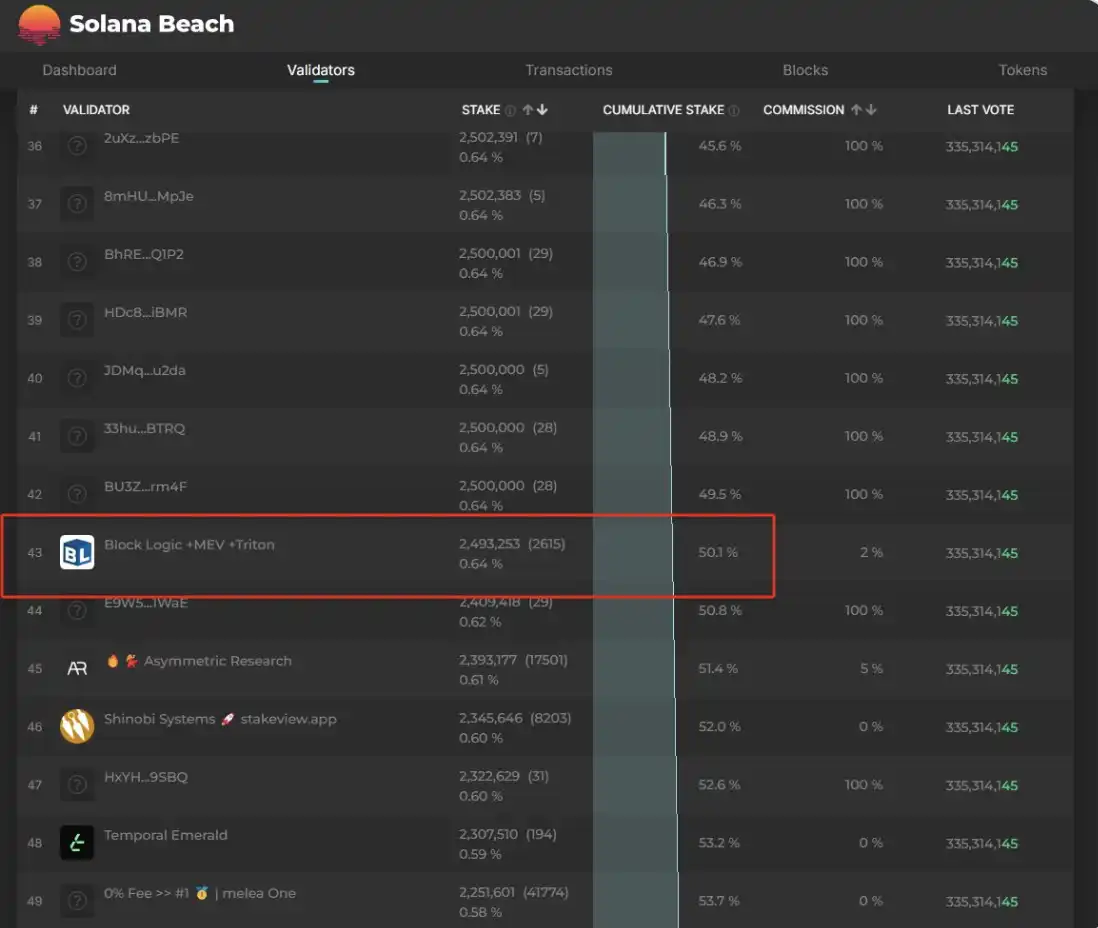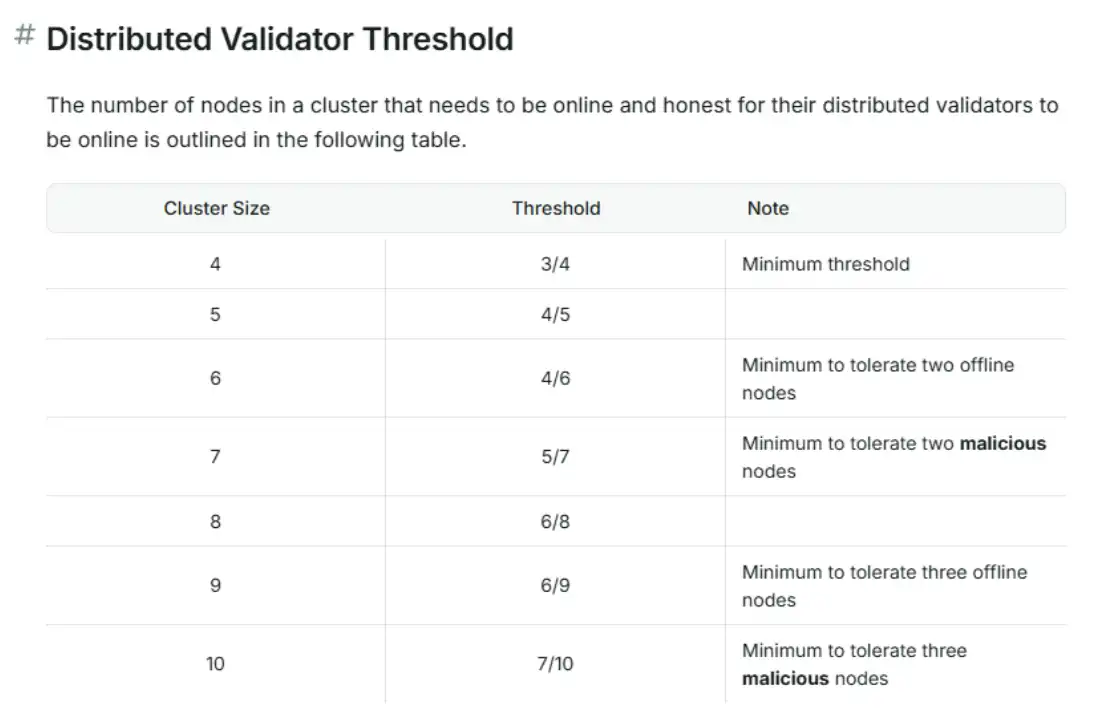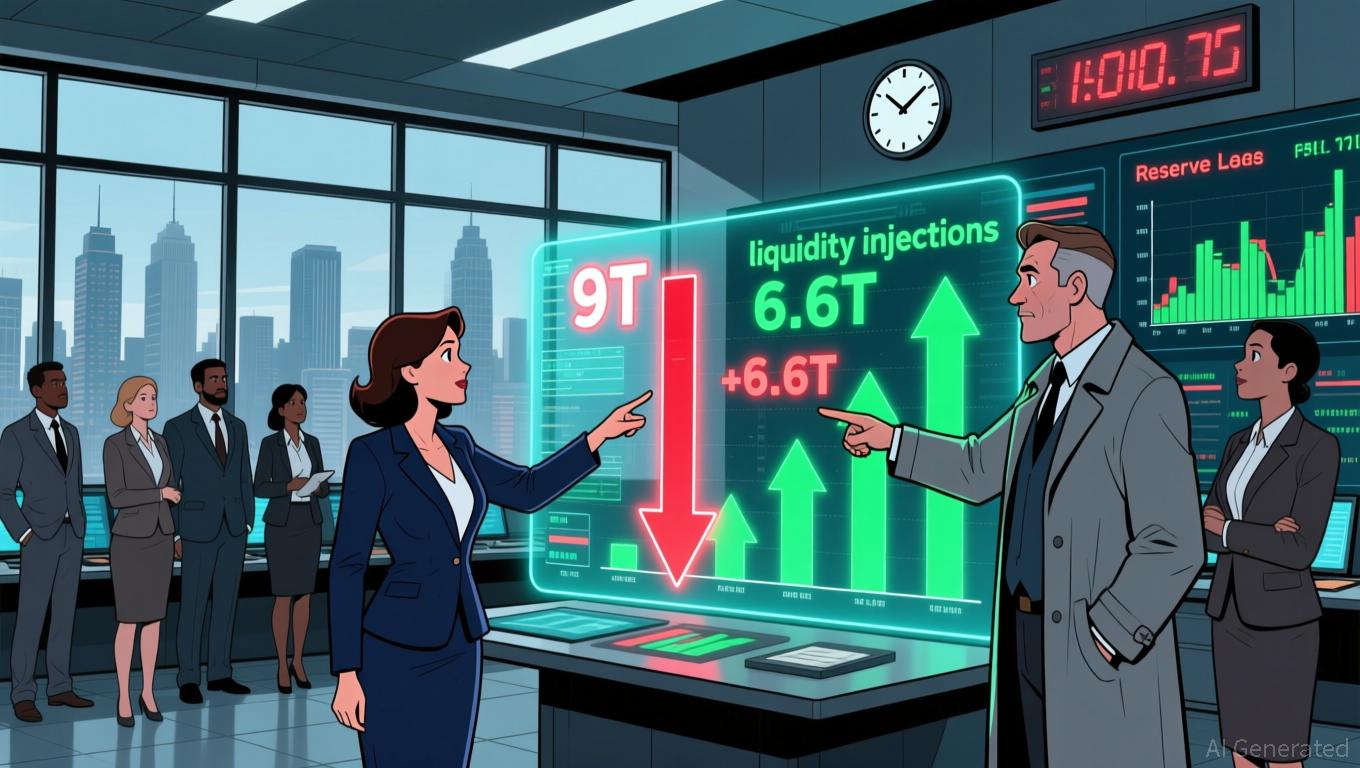ETH vs SOL Showdown: Node War and Infrastructure Moat Behind $587 Billion Staked
However, despite the funding bet having come to the same level, in terms of security, ETH still holds a slight edge.
Original Author: 0xTodd, Partner at Nothing Research
A few days ago, I saw a post saying, "Now that Solana's staking amount has exceeded ETH's staking amount, does this mean that Solana's chain security has surpassed ETH's?" This statement is too misleading, to the point that many people actually believe it.
But that's not the case. Let's look at some data:
The staking data for ETH is 34M ETH, worth around $610 billion; Sol's staking data is 388M SOL, worth around $587 billion.
SOL has indeed reached the same level as ETH, if not slightly below SOL, especially before the recent ETH rebound. (Data source: Beaconcha Solana Beach). Considering that both have a PoS mechanism attack threshold of around 33%, the theoretical attack difficulty seems to be the same.
33% can prevent block production, 51% can create a new longest chain, 67% can execute double spends. But in terms of practical difficulty, attacking ETH is significantly harder than Solana.
P.S.: Of course, assuming the success rate of attacking SOL is 0.001%, the difficulty of attacking ETH might be 0.0001%. Although the difference is significant, it is important to note that both are still highly unlikely events. The reasons for this are (1) node centralization and (2) Staking infrastructure maturity.
I. Node Centralization
Let's first consider a scenario: imagine a magical hacker who exploits a 0-day vulnerability and successfully compromises Amazon and major cloud service providers' data centers. Then, controlling Solana> 50% requires obtaining the nodes ranked in the top 43 simultaneously. It's challenging but not impossible.

On the other hand, for ETH, with each node staking a maximum of 32 ETH, one would need to acquire 1,187,000 nodes, which sounds like an insurmountable task. Of course, this calculation might seem unfair to Solana because fundamentally, ETH is also operated by numerous node operators. An entity may own tens of thousands of nodes. Yet, based on the current list of node operators on Rated... you will find that all registered ETH node operators combined represent only 47.5%, not even close to reaching the 50% threshold. It remains an impossible task.

The reason is that ETH, as an ancient public chain, has truly experienced an ancient PoS attack and has indeed made a lot of preparations to prevent this potential danger, such as encouraging retail participation in staking. Ethereum's 32 ETH threshold is not high, while Solana has high server requirements, with monthly costs being 5-10 times that of ETH, and this is just the entry level. So, if retail investors want to break even, they need to stake at least 10K SOL or more, and the yield is even lower than Jito's.
II. Infrastructure Maturity
Many ETH staking infrastructures, including @LidoFinance and @Obol_Collective, have also done a lot of homework. For example, Lido requires nodes to use fewer Amazon data centers and more niche data centers. They use fewer mainstream clients and support more niche clients. In addition, Lido specifically allocates 4% of the ETH to support Delegated Proof-of-Stake (DVT) infrastructure such as Obol and SSV. As for Obol, it is DVT technology. You can think of it as your node being collectively managed by a cluster rather than a single entity. For example, if four people manage a node, you can set it as 3/4, so that if one node goes offline, the other nodes can immediately take over. If you set it as 10, then you can set it as 7/10, tolerating a maximum of three nodes offline.

Note: On ETH and most PoS chains, node downtime is also considered a form of malicious behavior. If 33% of nodes go offline, the chain will become paralyzed. Moreover, Obol's uniqueness lies in the fact that it achieves the cluster through a client, so your private key (fragment) will not be uploaded to the chain, making it more secure. This is achieved through DKG (I can share more about DKG later when I have time). Recently, Obol just launched on the mainnet, and those interested can go check it out at @ebunker_eth.

Therefore, infrastructure designed for ETH staking like Obol currently does not exist for Solana. Of course, this is not to praise one and criticize the other; both chains are very secure. However, even though the stakes have reached the same level, in terms of security, due to node concentration and infrastructure maturity, ETH still has a slight edge.
Disclaimer: The content of this article solely reflects the author's opinion and does not represent the platform in any capacity. This article is not intended to serve as a reference for making investment decisions.
You may also like
Fed Faces a Pivotal Choice: Managing Liquidity or Controlling Inflation
- Fed may expand balance sheet to address liquidity needs amid shrinking reserves, signaling potential end to 3-year QT program. - Officials pause QT as $6.6T reserves deemed "somewhat above ample," but warn of risks from inflation above 2% target and market volatility. - Governor Mester cautions against aggressive rate cuts, citing economic rebound risks and fiscal/regulatory factors boosting 2026 growth outlook. - External pressures including government shutdown delays and stablecoin demand growth compli

Regulation and Innovation: Brazil's Stablecoin Reform Ignites Discussion
- Brazil's central bank classifies stablecoins as forex operations under 2026 rules requiring AML/CTF compliance and capital reserves. - Privacy advocates criticize the framework for enabling "total surveillance" through centralized user data tracking and increased cyber risks. - Regulators defend the measures as essential to combat money laundering in Brazil's $1.7 trillion crypto market while advancing its CBDC project Drex. - Global parallels emerge with UK's £20,000 stablecoin cap, highlighting growing

Uniswap News Today: Uniswap’s UNIfication Brings Ecosystem Incentives Together for a Lasting DeFi Landscape
- Uniswap proposes "UNIfication" to overhaul tokenomics, governance, and position itself as the default tokenized asset platform. - The plan includes burning 100M UNI tokens, activating protocol fees, and introducing fee discount auctions to boost token value. - Governance consolidation under Uniswap Labs aims to streamline operations while avoiding SEC scrutiny by dissolving the nonprofit foundation. - Market analysts highlight potential price stability and ecosystem alignment, though major stakeholders l

Bitcoin Updates: MoonBull’s Innovative Incentive Model Addresses Doubts About Meme Coins
- MoonBull (MOBU) emerges as 2025's top meme coin presale, raising $550K with 1,900+ holders and a 7,244% projected return. - Structured incentives include deflationary tokenomics, 15% referral rewards, and 95% staking APY, differentiating it from peers like Dogecoin and Shiba Inu . - Market shifts toward meme coins as Bitcoin's dominance wanes, though critics warn of high-risk social media-driven valuations despite MoonBull's transparent governance.

